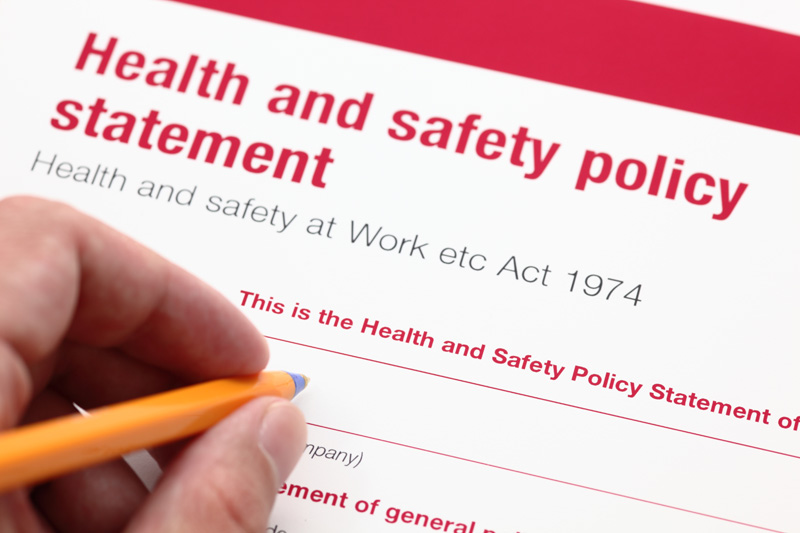How To Incorporate Health And Safety In To Your Business Culture
Whatever kind of business you run, one of the most important assets you have is your workforce. They ultimately have a bigger influence on the success or failure of your company than any other factor. The relationship between a company and its employees is almost symbiotic – each needs the other to survive and thrive.
All of these are grandiose reasons for telling you something that you should already know intuitively. A business needs to look after its people, and keep them safe. It makes business sense, it makes common sense and it makes ethical sense. It is the right thing to do, and should be a top priority for every business.
A health and safety culture
Fine words and great intentions can lead to a raft of policies and procedures flowing out from the corporate centre. But like quality, risk and ethics, health and safety is only truly effective when it is embedded in the overall culture of the business, and is lived and breathed by everyone in the organisation, from the CEO to the cleaners.
The remarkable success of the UK construction industry in becoming a global benchmark for health and safety in one of the most hazardous industries imaginable proves what can be achieved with a properly embedded health and safety culture.
But do not be fooled into thinking it is easy. Cultural change is notoriously hard to accomplish in any area, and negative connotations associated with long established ways of doing things, combined with a reluctance to “being wrapped in cotton wool” make it even harder when it comes to health and safety. Take some health and safety advice from an outside consultant, who is also an expert in change management, in order to get the ball rolling.

Steps for success
The following steps will get you on the road to achieving a better health and safety culture. However, remember, it is a long and circular road to finally achieve success!
Share the vision
Your workforce is only going to truly embrace any culture change if they agree with it. This means you have a sales job before you. Make the “whys” just as important as the “whats” in your vision of the desired health and safety culture. If you can get everyone in the same boat and rowing in the same direction, you are halfway there.
Define responsibilities and accountabilities
Ownership means buy-in, so establish responsibilities for every individual at every level within the organisation. In particular, make sure team leaders and managers are visibly involved and leading by example.
Encourage feedback
If you try to enforce something that is impractical, people will not do it. If there is a mechanism for them to explain why it is impractical, then there is a chance to put that right.
Reporting is everything
Injuries, slips and trips, near misses; all should be reported, or there is no chance of your culture change taking off. If this is new to people, prepare for the fact that the reported incidents will spike before they start to drop.
Investigate professionally
Make sure you have a plan for what you are doing with those reports. Lessons learned is the most vital, yet also the most often overlooked aspect to any investigation.
Keep communicating
Make sure everyone in the organisation is kept informed of how the health and safety culture is evolving. Share successes, so that everyone feels a part of it, and you will have truly made a positive change to the health and safety culture.













